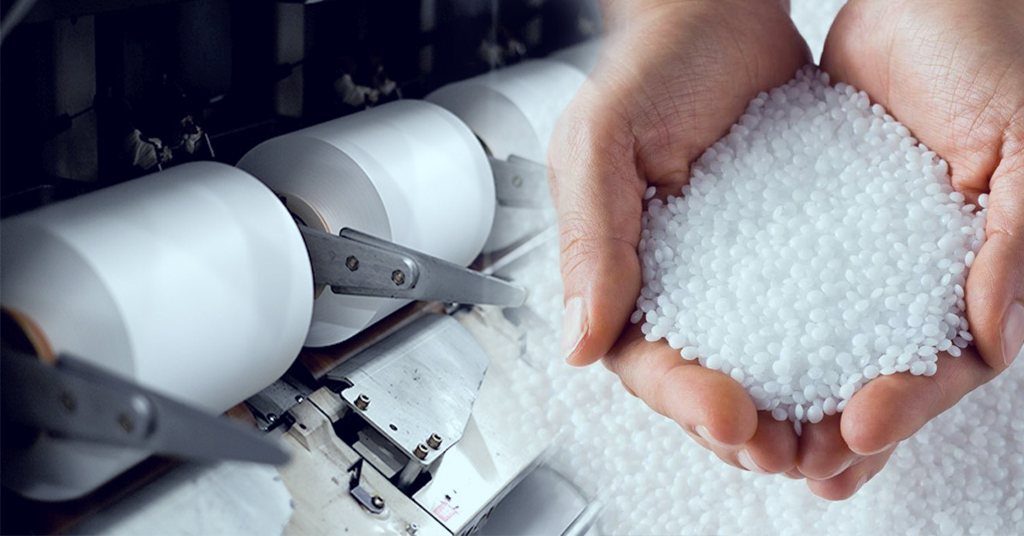Welcome To ChemAnalyst

The Association of Plastic Recyclers (APR) has recently expanded its Preferred Design Recognition (PDR) Program, formerly known as Meets Preferred Guidance (MPG), by introducing six new packaging components. This initiative serves as a crucial mechanism for third-party validation, affirming that products adhere to the North American recycling system standards and have achieved the esteemed Preferred status. Anticipated future expansions of the program are set to include PET and Colored HDPE containers, packaging constructions, Natural HDPE packaging, and PE films.
With a commendable 20-year track record, APR Design® Recognition has meticulously evaluated and acknowledged packaging from more than 120 companies. This has significantly contributed to the widespread adoption of impactful innovations, ultimately enhancing the recyclability of plastic packaging and contributing to the reduction of plastic waste. Ruben Nance, APR's Preferred Design Recognition Program Director, has emphasized the positive implications of the program's expansion, stating, "The expansion of APR's Preferred Design Recognition program will save time, effort, and resources needed for brands and retailers to easily identify recyclable packaging solutions."
The APR Design® Recognition program offers three distinct paths, each tailored to the specific item being submitted: Preferred Design, Critical Guidance, and Responsible Innovation. Despite the differences in approach, all these paths lead to the same level of recognition, signifying that a product has met the highest criteria for recyclability. This comprehensive framework not only acknowledges but also rewards the endeavors of component and packaging manufacturers. It serves as a catalyst, encouraging them to proactively address recycling challenges and replace problematic items in their designs. Simultaneously, for brands and retailers, the program instills confidence, mitigates risks associated with claims, and facilitates compliance with voluntary or legislative sustainable packaging requirements.
One noteworthy aspect of the APR Design® Recognition program is its role in contributing to the enhancement of high-quality Post-Consumer Recycled Content (PCR) in the market. By setting stringent standards and recognizing products that meet these criteria, the program actively promotes the use of recycled materials in packaging. This, in turn, fosters a more sustainable and circular approach to the life cycle of plastic products.
As the program expands to include PET and Colored HDPE containers, packaging constructions, Natural HDPE packaging, and PE films, it reflects a proactive response to the evolving landscape of sustainable packaging. These additions underscore the commitment of APR to staying abreast of industry developments and addressing emerging challenges associated with various types of plastic materials.
Ruben Nance's emphasis on saving time, effort, and resources for brands and retailers resonates with the broader industry shift towards sustainability. By providing a clear and standardized recognition system, APR's program streamlines the identification of recyclable packaging solutions. This not only facilitates the decision-making process for businesses but also aligns with broader sustainability goals.
Furthermore, the program's acknowledgment of Responsible Innovation is particularly noteworthy. By recognizing and celebrating innovations that go beyond standard recyclability, the program incentivizes companies to explore new avenues for sustainable packaging. This forward-thinking approach positions APR as a driver of positive change within the industry, encouraging continuous improvement and innovation.
In conclusion, the expansion of the APR Design® Recognition program represents a significant milestone in the journey towards more sustainable plastic packaging. By incorporating new packaging components and anticipating further expansions, APR demonstrates its commitment to driving positive change within the industry. The program's multifaceted approach, acknowledging various paths to recognition, underscores its adaptability and inclusivity. As the industry navigates the complexities of sustainable packaging, initiatives like the APR Design® Recognition program play a pivotal role in guiding and incentivizing positive practices.
We use cookies to deliver the best possible experience on our website. To learn more, visit our Privacy Policy. By continuing to use this site or by closing this box, you consent to our use of cookies. More info.
